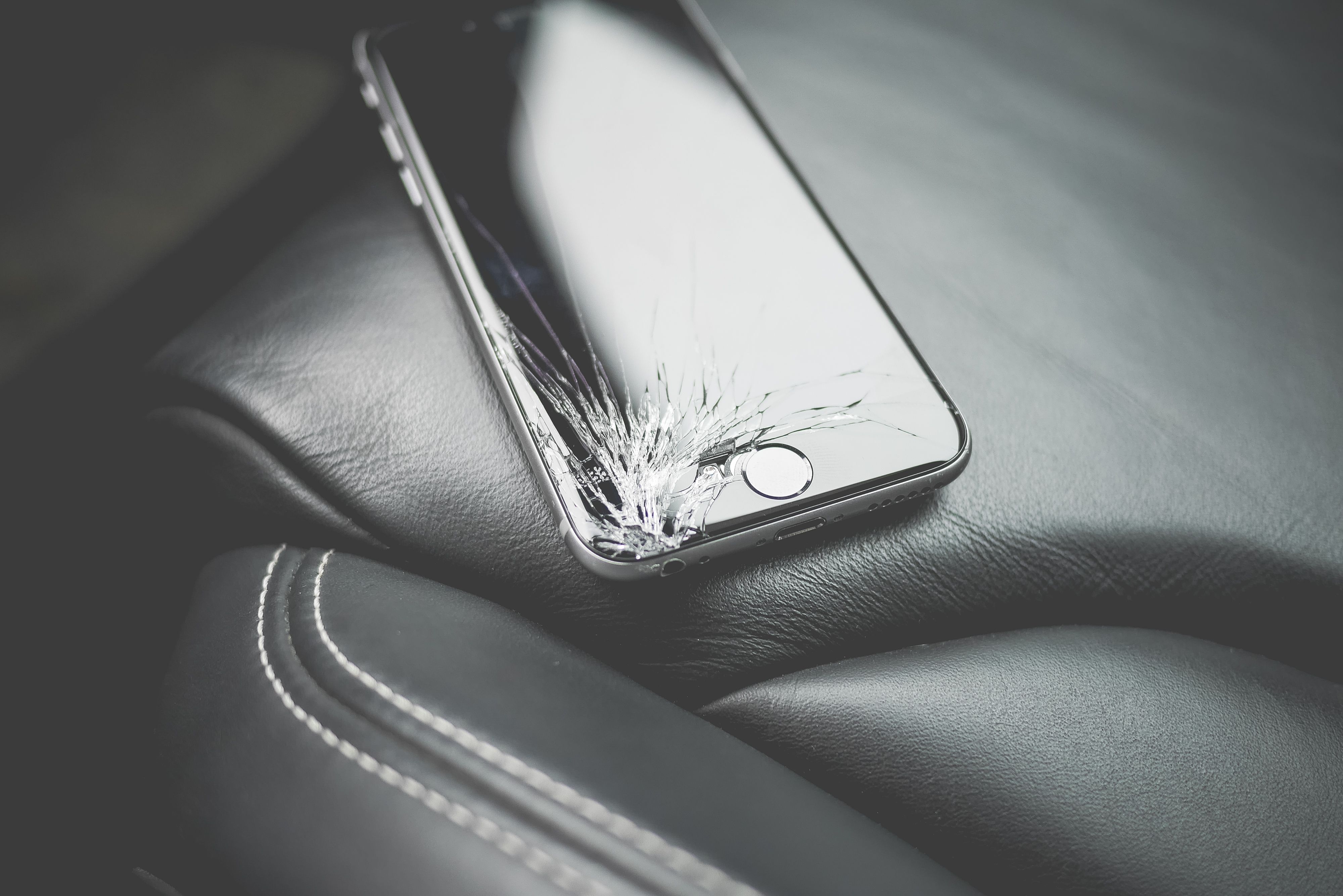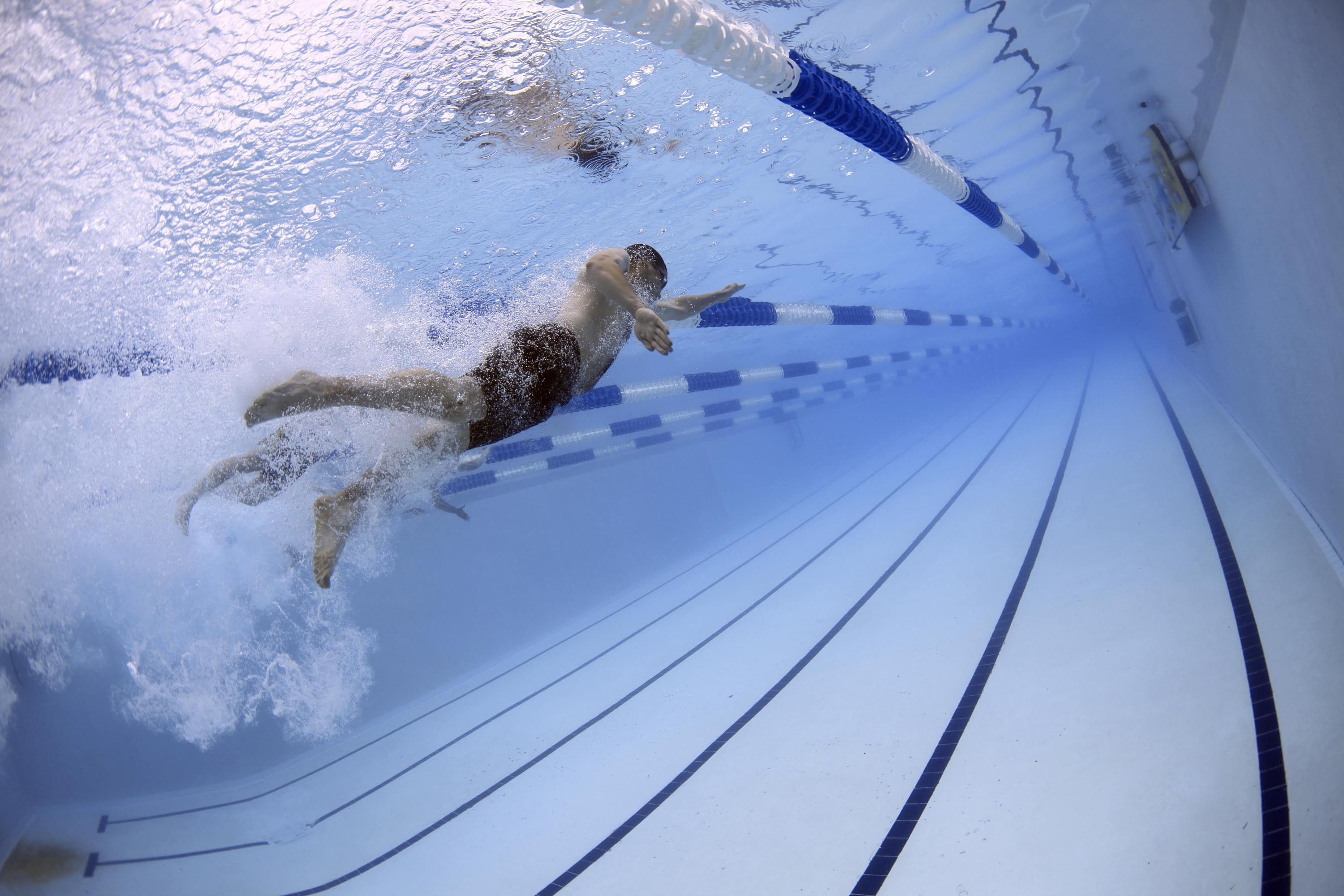Accidents happen. Some of us are clumsier than others but, really, nobody’s perfect. So, it’s worth taking precautions to avoid cracking the screen on your beloved mobile phone. Here’s a short list of things to note.
First, water is not your friend. If you’re going swimming, your phone doesn’t want to come along. True, some of the latest phones such as the iPhone 7, Samsung Galaxy S7 edge and Sony Xperia XZ are powerfully water-resistant. They can survive a quick dunking, but why risk it?
Every phone where water resistance is attributed has an ingress protection rating to measure how good it is against both dust and water. For the Samsung Galaxy S7 edge, this is IP68. The first digit indicates dust resistance and 6 is the highest rating, meaning it offers complete protection from dust in an eight-hour test.
The second figure is for water resistance and 8 is also the highest notch. It means the phone can be underwater for up to 30 minutes at a depth of 1.5 metres (5 feet). Drop it in the deep end and it may not survive.
That’s even more true of the iPhone which has a rating of IP67, which is only tested to a depth of 1 metre (3 feet). In short: keep your phone away from the pool, sea or bath tub.
Of course, the most vulnerable part of any phone is the glass. The metal frame can take a ding or two and survive but once the screen is cracked, it can only get worse. Mobiles with glass backs as well as fronts – increasingly popular because they make wireless charging a possibility – are even more vulnerable.
The latest phones use stronger glass than ever, often Gorilla Glass from Corning. The Samsung Galaxy S7 edge has Gorilla Glass 4 on its back and front. Each version of Gorilla Glass is an improvement, with number 4 promising increased damage resistance over its predecessor. It can also be made thinner but still match the performance of Gorilla Glass 3. Even with these improvements, it’s worth investing in additional protection.
There are plenty of screen protectors available which keep the display clean as well as better insulated from damage. Some can absorb the impact from even sharp objects.
There’s another benefit here: when you are ready to upgrade you’ll have a phone you can sell with a pristine glass front.
Similarly, a case that protects the edges of the phone will mean your phone is much safer. That’s worth it, even if it’s only an edge-covering bumper, but something that wraps around the back as well provides valuable shock absorption. Even a basic leather case can mean the difference between disaster and getting away with it if you drop your phone on the sidewalk.
Best for impact protection are cases that exceed the military specification for drop testing (that’s MIL-STD 810G-516.6, if you’re interested in the exact standard).
Some cases include a material called D3O. This is what the scientists call a non-Newtonian fluid (that is, it doesn’t fit Newton’s laws of physics). In practice, this just means it’s a malleable, squashy material most of the time but when you hit it hard, the molecules lock together to form a hard surface which dissipates the shock and protects the phone inside. It’s a remarkable material and works brilliantly. Best of all, a little D3O goes a long way, so cases with it in are pretty thin.
Also, don’t keep your valuable smartphone in your back pocket. Not only does it leave a frankly unsightly bump on your rump, it’s going to slip out of your pocket sooner or later, guaranteed.
One more thing: if the worst does happen and you find your phone screen is nothing but a shower of shards, turn to someone who can put things right in an instant. iCracked offers top technicians ready to come to your office, home or favorite coffee shop to repair it quickly and reliably. And they won’t even scold you when you say you didn’t have a case for it…
So, what did we learn today? Protect your phone, invest in a durable case, but if that all fails, iCracked.com has you covered and will travel to you same-day and repair on the spot in 45 minutes or less.


